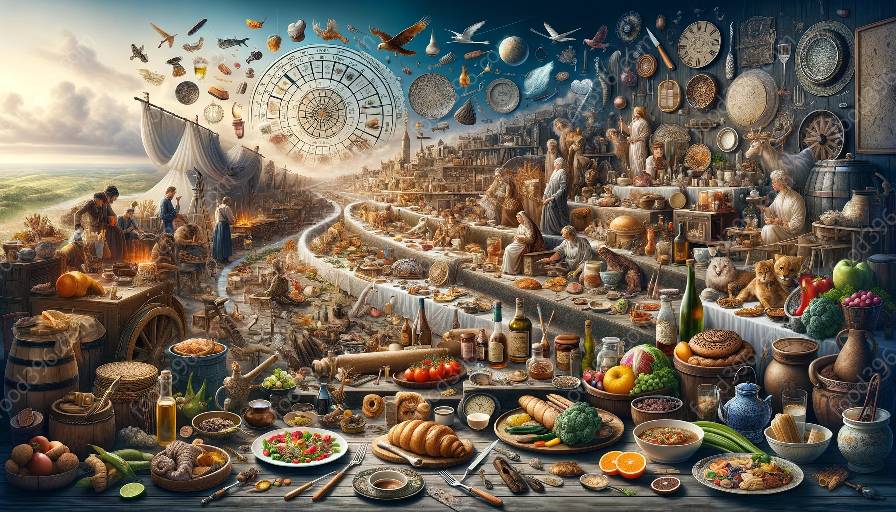Indian cuisine has a rich history dating back thousands of years, and traditional Indian cooking techniques have played a pivotal role in shaping its distinctive flavors and aromas. In this comprehensive guide, we will delve into the fascinating world of traditional Indian cooking, exploring the methods, ingredients, and cultural influences that have contributed to its unique culinary legacy.
Understanding Indian Cuisine History
To truly appreciate traditional Indian cooking techniques, it is essential to understand the historical context in which they developed. Indian cuisine is a tapestry of diverse regional flavors, each with its own distinctive traditions and cultural influences. The history of Indian cuisine is deeply intertwined with the social, religious, and agricultural practices of the subcontinent, resulting in a culinary heritage that is as diverse as it is vibrant.
Origins of Indian Cooking Techniques
The origins of traditional Indian cooking techniques can be traced back to ancient times, with a strong emphasis on balancing flavors, textures, and aromas. The use of aromatic spices, such as cumin, coriander, and turmeric, has been a defining feature of Indian cooking for centuries, as has the practice of using ghee (clarified butter) for its rich and nutty flavor.
The Art of Tandoori Cooking
One of the most iconic traditional Indian cooking techniques is tandoori cooking, which involves marinating meats, seafood, and vegetables in a blend of yogurt and spices before roasting them in a tandoor, a cylindrical clay oven. Tandoori cooking imparts a distinctive smoky flavor to the food, creating succulent kebabs, naan bread, and tandoori chicken that have become beloved staples of Indian cuisine.
Spice Blending and Masala Preparation
Central to traditional Indian cooking techniques is the art of spice blending and masala preparation. Indian cuisine is renowned for its complex and nuanced spice blends, known as masalas, which can vary widely from region to region. Each masala is carefully crafted to accentuate the flavors of specific dishes, with common spices including cardamom, cinnamon, cloves, and black pepper.
Vegetarian Cooking and Dairy-based Techniques
Vegetarian cooking has long been a cornerstone of traditional Indian cuisine, with a diverse array of plant-based dishes that showcase the versatility of ingredients such as lentils, chickpeas, and seasonal vegetables. Dairy-based techniques, including the production of paneer (Indian cottage cheese) and ghee, are integral to many traditional Indian recipes, adding richness and depth to both savory and sweet dishes.
Historical Evolution of Indian Cooking Techniques
As Indian cuisine evolved over the centuries, its traditional cooking techniques underwent a process of refinement and adaptation, shaped by cultural exchanges, colonial influences, and regional innovations. The Mughal Empire, for example, greatly influenced Indian cooking techniques with its use of slow-cooking methods and rich, flavorful gravies, as evidenced in dishes like biryani and kebabs.
Impact of Global Cuisine on Indian Cooking
Indian cuisine has not existed in isolation, and its historical interactions with global cuisines have had a profound impact on its cooking techniques. The Portuguese introduction of chilies, the British influence on tea and baked goods, and the Mughal influence on meat-based dishes are just a few examples of how Indian cooking has been enriched by cross-cultural exchanges.
Celebrating the Legacy of Traditional Indian Cooking
Traditional Indian cooking techniques continue to thrive in modern culinary practices, reflecting the enduring influence of history, culture, and innovation. Whether it's the delicate art of tempering spices, the slow simmering of curries, or the skilled preparation of tandoori specialties, these techniques are a testament to the time-honored traditions that have defined Indian cuisine for generations.

